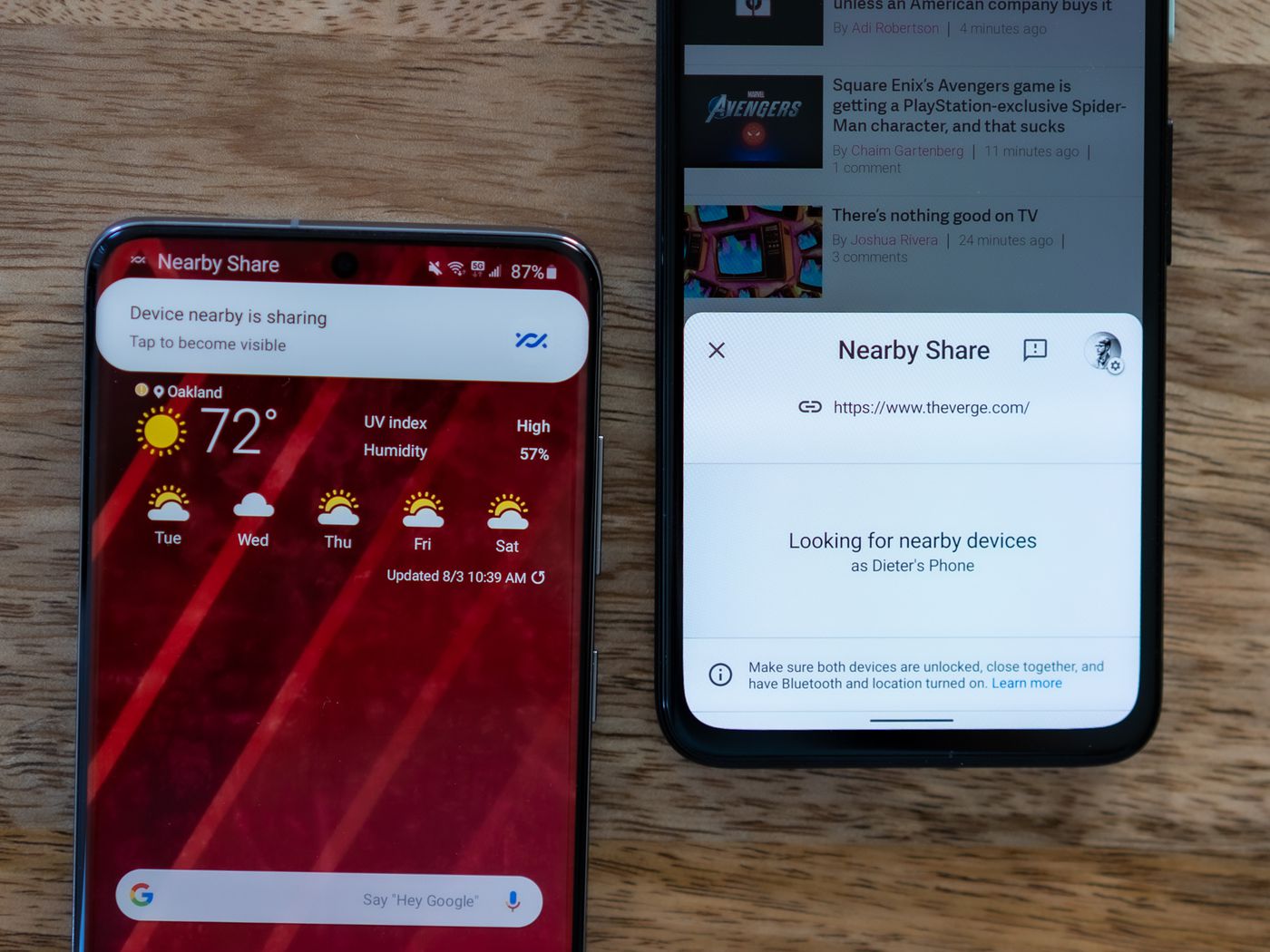
Introduction to Android Airdrop
Android Airdrop, also known as Nearby Share, simplifies transferring files between Android devices. Introduced in Android 6.0 (Marshmallow), it has evolved into a seamless way to share files without cables or an internet connection. This guide covers how to use Android Airdrop, its compatibility requirements, and compares it with other file-sharing options.
Understanding Android Airdrop
Android Airdrop uses Bluetooth and Wi-Fi Direct for fast, secure connections between devices. This allows users to transfer photos, videos, links, and documents quickly, even without an internet connection.
Key Features of Android Airdrop
- File Types Supported: Photos, videos, links, and documents.
- Connection Method: Utilizes Bluetooth and Wi-Fi Direct.
- Offline Capability: Functions without an internet connection.
- Customizable Visibility: Control who can send files to your device.
What You Need for Compatibility
Ensure your device meets these requirements to use Android Airdrop:
- Android Version: Must run Android 6.0 (Marshmallow) or later.
- Bluetooth and Location: Both must be enabled on both devices.
- Device Compatibility: Works across various Android devices, though older models may not support it.
How to Use Android Airdrop
Using Android Airdrop is straightforward. Follow these steps to share files between devices:
-
Enable Bluetooth and Location:
- Ensure both are enabled on both devices.
-
Open the File:
- Locate and open the file you want to share.
-
Tap the Share Icon:
- Tap the share icon (usually a small arrow or a box with an arrow).
-
Select Nearby Share:
- Choose Nearby Share from the share options.
-
Choose the Receiving Device:
- Select the device you want to send the file to from the list of nearby devices.
-
Accept the Transfer:
- The recipient will receive a notification to accept the file transfer.
-
File Transfer:
- Once accepted, the file will transfer quickly using Bluetooth and Wi-Fi Direct.
Troubleshooting Tips
Encountering issues with Android Airdrop? Try these troubleshooting tips:
-
Check Bluetooth and Wi-Fi Settings:
- Ensure both are enabled. Turning them off and on again can resolve connectivity issues.
-
Optimize Transfer Speeds:
- If transfer speeds are slow, tweak Bluetooth or Wi-Fi Direct settings.
-
Adjust Device Visibility:
- Customize visibility settings to control who can send files to your device.
-
Use Third-Party Apps:
- If Nearby Share isn't working, consider third-party apps like Snapdrop or cloud storage services.
Comparing Other File Sharing Options
Android Airdrop is a powerful tool for quick file transfers, but other options cater to different needs and platforms.
Pros and Cons of Different File Sharing Methods
-
Android Airdrop (Nearby Share):
- Pros: Quick file sharing between Android devices, works offline, customizable visibility settings.
- Cons: Limited to Android devices, not as integrated as AirDrop.
-
Apple AirDrop:
- Pros: Seamless transfer between iOS and macOS devices, highly integrated within the Apple ecosystem.
- Cons: Only works within the Apple ecosystem, limited compatibility with other devices.
-
Bluetooth:
- Pros: Universal compatibility with most devices, no need for internet connection.
- Cons: Slower speeds compared to Wi-Fi Direct, not ideal for large files.
-
Wi-Fi Direct:
- Pros: Faster speeds compared to Bluetooth, available on many devices.
- Cons: Can be complex to set up and may not always be reliable.
-
Third-Party Apps (SHAREit, Xender, Zapya):
- Pros: Cross-platform compatibility, often faster than Bluetooth or Wi-Fi Direct.
- Cons: May have ads, require internet for initial setup.
Practical Applications of Android Airdrop
Android Airdrop is perfect for various scenarios where quick file transfers are necessary:
-
Workplace Collaboration:
- Share documents or presentations quickly in a work environment.
-
School Projects:
- Students can easily share files with classmates without needing cables or internet connections.
-
Personal Use:
- Transfer files easily at home or on the go.
Android Airdrop (Nearby Share) has transformed file sharing between Android devices, providing a seamless and secure experience. With offline capability and customizable visibility settings, it has become an essential tool for frequent file transfers. By following the steps outlined and understanding compatibility requirements and troubleshooting tips, you can fully utilize Android Airdrop to streamline your digital life. Whether tech-savvy or just looking for easier file transfers, Android Airdrop is here to help achieve that goal effortlessly.
